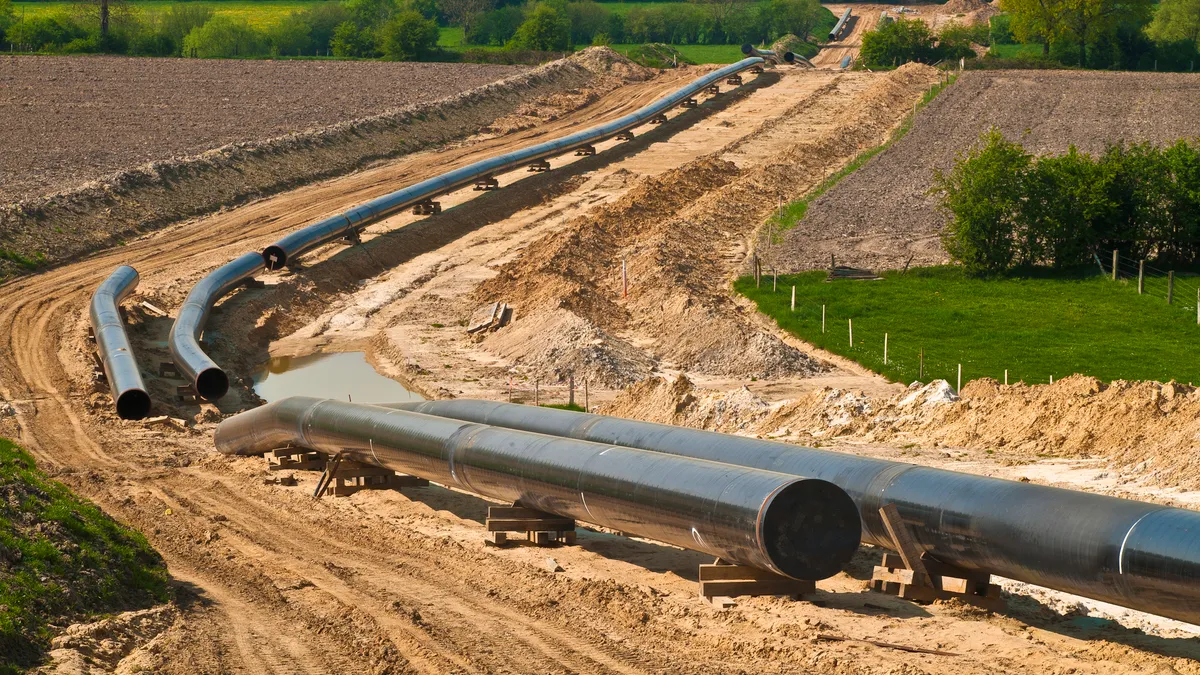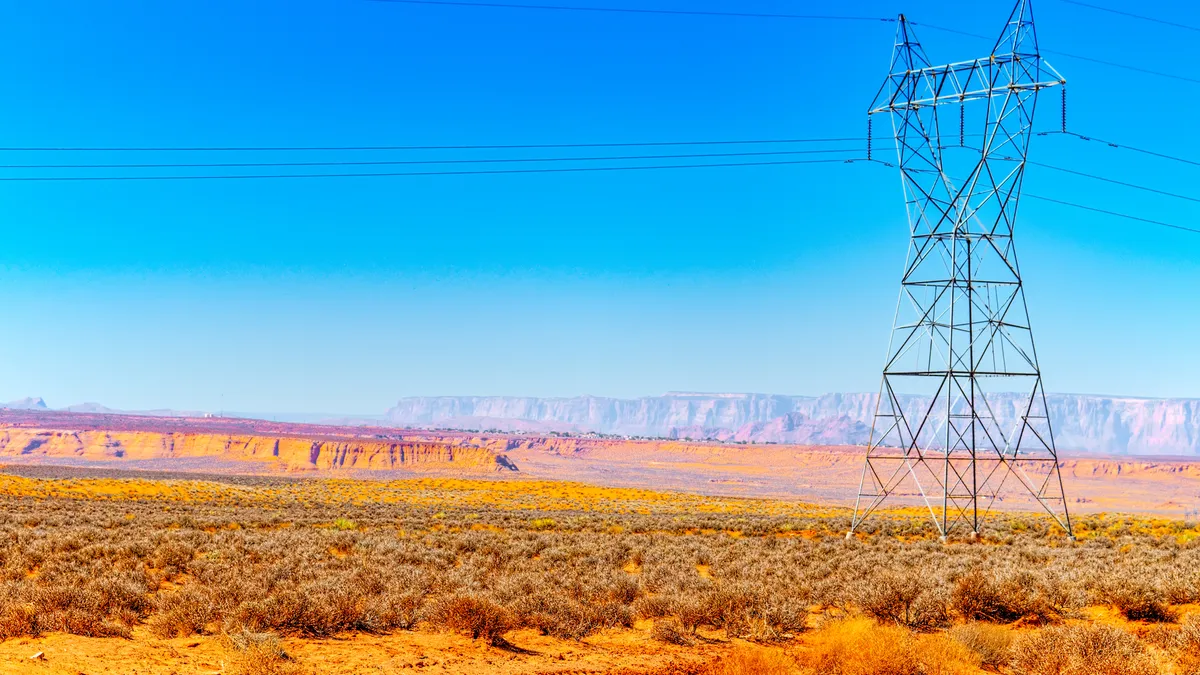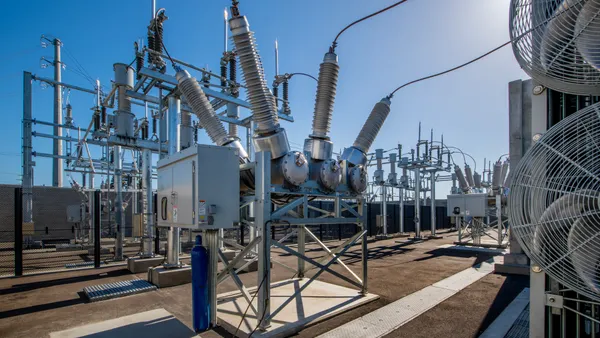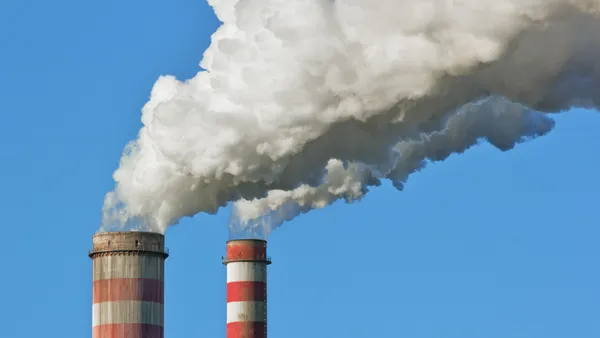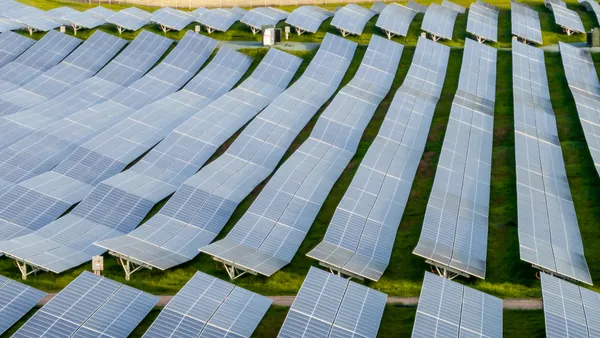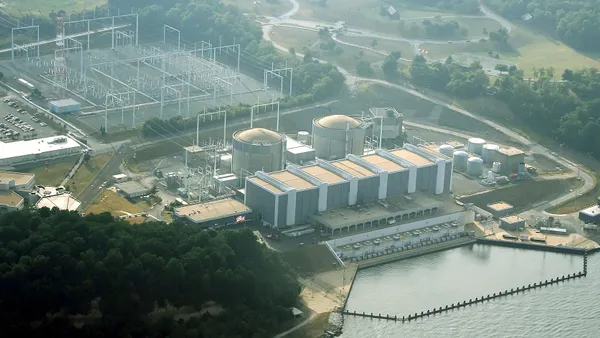Dive Brief:
- California regulators are considering creating a general order – a framework of regulatory requirements – that could require site-specific approvals for gas infrastructure projects that exceed a $100 million threshold.
- The California Public Utilities Commission’s staff on Monday issued a proposal outlining what these rules could look like, and asking stakeholders to weigh in on them by July 18.
- A general order is “the highest level document that the commission can adopt,” and represents a higher threshold than a normal regulatory decision, said Michael Colvin, director of regulatory and legislative affairs with the Environmental Defense Fund. Because of this, the process to craft one tends to take longer than usual and under more scrutiny.
Dive Insight:
Although California has a general order for electric infrastructure projects, gas projects are currently approved on a case-by-case basis. This can mean that very similar projects are subject to different standards of review, Colvin said.
“There is some merit in some additional ratepayer protection to try to standardize this over time,” he added.
If approved by regulators, gas companies looking to construct or modify gas infrastructure in the state would need to comply with provisions of the general order first. It would apply to, among other things, projects that cost more than $100 million or which are likely to cause more criteria air pollutants in certain parts of the state. However, the order would not apply to projects such as replacing existing facilities with similar ones, or minor repairs and maintenance.
In addition, the proposed general order would require any entity seeking to operate a new gas storage field, or expand the footprint of an existing gas storage field, to submit an application for a certificate of public convenience and necessity.
The general order as proposed would not apply to any electric generation facilities and with the currently recommended size threshold, would most likely apply to major gas projects like a new transmission line or compressor station, Colvin said.
One aspect the commission will need to consider as it evaluates the staff proposal is whether the general order outlined in it could delay approval processes for projects.
However, “I will say standardizing the level of review means more predictability, and utilities crave predictability – it is something that’s a big motivator for them, because if they know they hit the following checkboxes… they can do their due diligence before they submit a request,” he added.
Southern California Gas, the largest natural gas distribution utility in the country, is reviewing the ruling and will file comments by the July 18 deadline, utility spokesperson Christine Detz said in an email. Pacific Gas & Electric is also just beginning its review process of the proposal, and will also submit a response by the deadline, utility spokesperson Melissa Subbotin said in an email.
After parties file comments in response to the proposal, the commission can begin putting together the final general order – which will be based not on statute but on its authority as a public utilities commission – and the threshold could end up being $100 million or a different number, according to Jan Smutny-Jones, CEO of the Independent Energy Producers Association.
From his standpoint, having a gas infrastructure general order could actually help expedite approval processes.
“The PUC’s job is to look at the state as a whole – look at regions, look at service territories as a whole with respect to… the needs of the gas infrastructure,” he said. “If you leave environmental siting to a local agency, that changes things significantly.”



